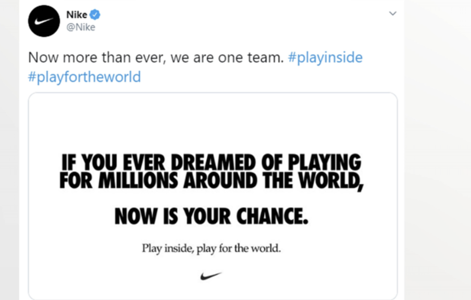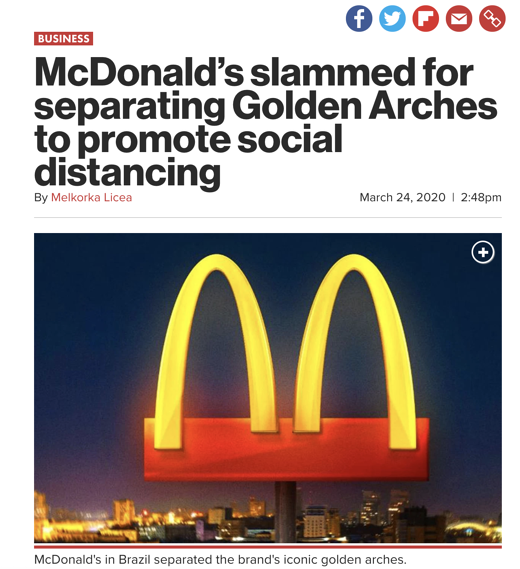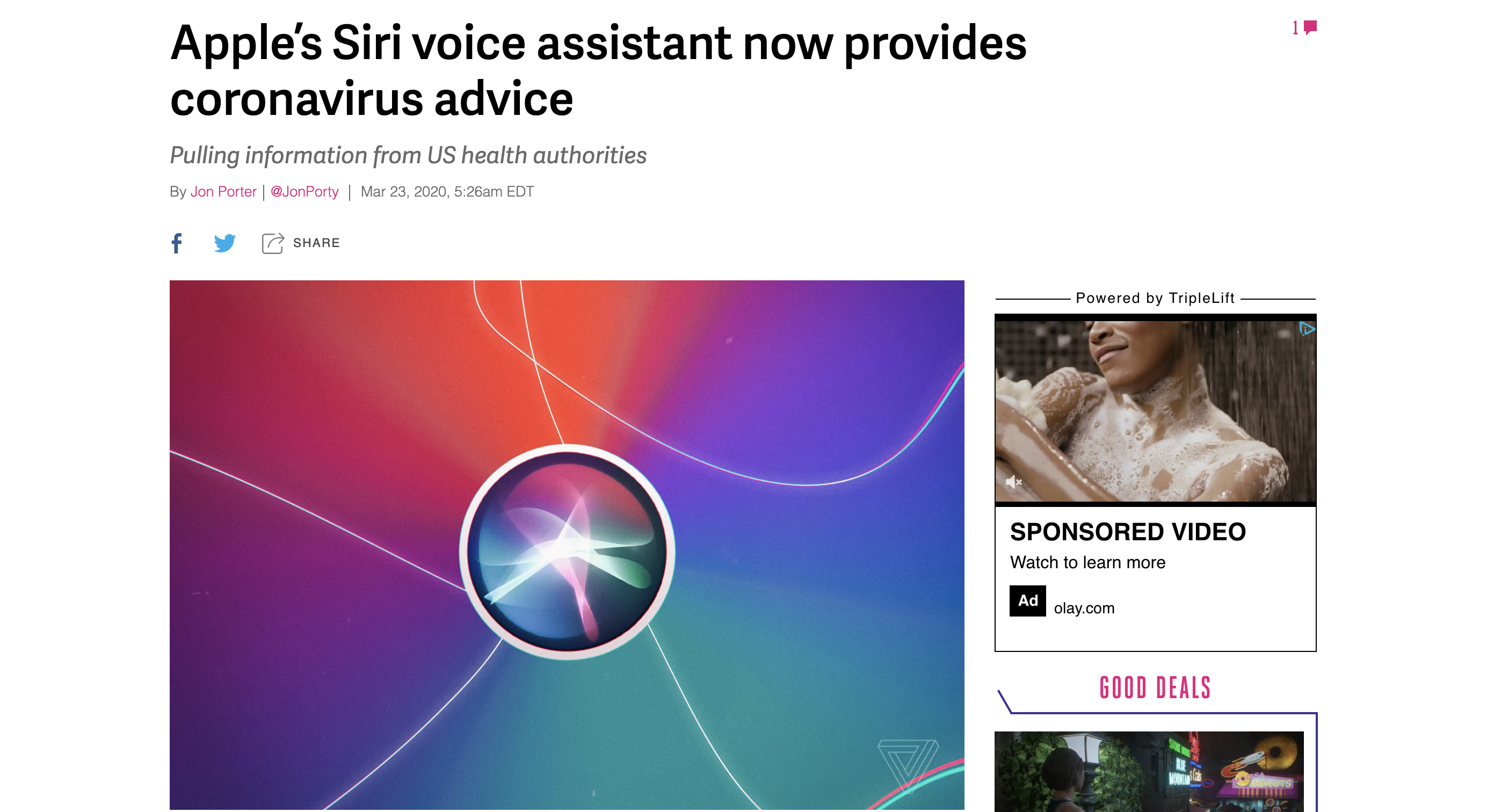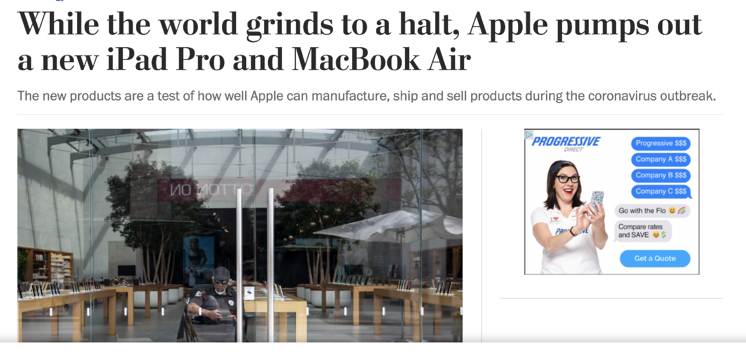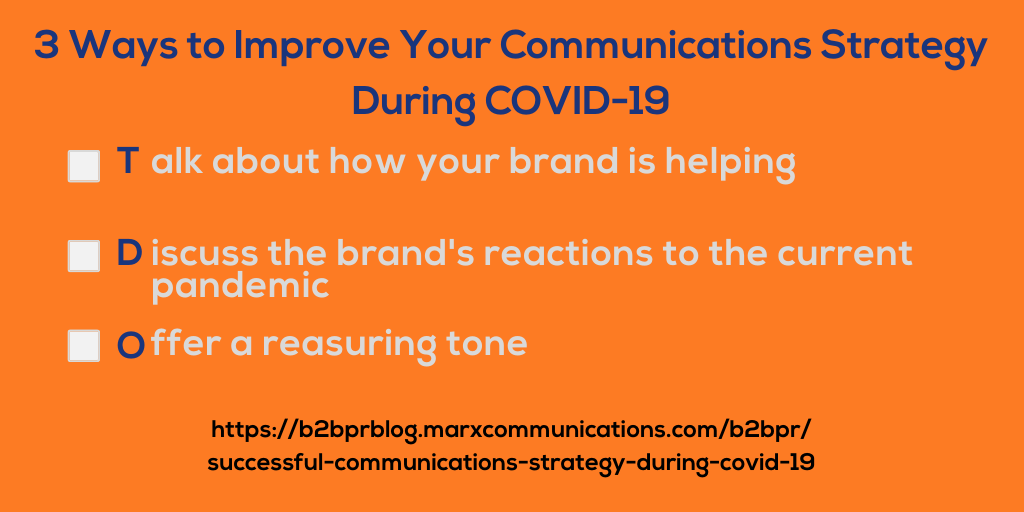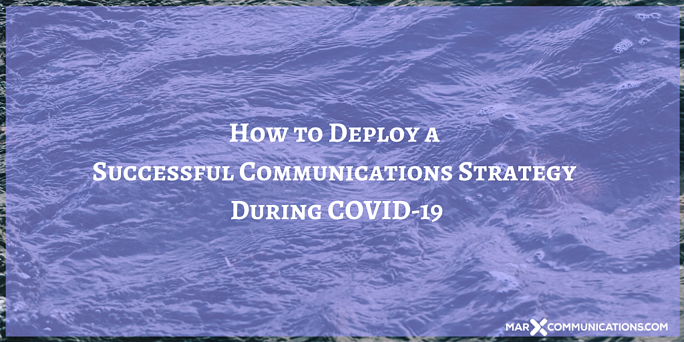
COVID-19 is putting businesses everywhere under a microscope. Some have seen this as an opportunity to make a buck off the situation. Others, hesitant to make a wrong move, do nothing.
But there’s a lot you can do to help your brand and audience during this uncertain time. And a lot of your success will depend on your communications strategy.
Let’s start off with an important statistic…
1 in every 3 respondents stopped using a brand that was not reacting appropriately to the public health crisis.
This shows us that what we do as brands during COVID-19 matters.
What Consumers Expect of Brands

1. Promote But Don’t Exploit the Crisis. There’s a definite line between making a profit during this crisis and exploiting the situation.
2. Don’t Prioritize Profit over People. 71% of consumers said that they would lose trust torever in a brand that puts profits over people.
3. Don’t Stop Advertising Altogether. When asked, only 8% of respondents said that brands should not advertise — so don’t grind all your advertising efforts to a halt during this time.
4. Show Understanding for How the Crisis Affects People’s Lives. 77% of consumers want brands to speak about their products in a way that shows awareness of how the crisis has impacted people’s lives.
5. Be Empathetic. Show empathy to your audience and what they’re going through, but avoid being banal and cliché about it.
So, in summary, it’s OK to profit during COVID-19 — but it’s not OK to profit from COVID-19.
And now is the time to connect with your audience.
Today’s consumer is more connected than ever before. With 70% more internet usage and social media usage up by 61% compared to before the pandemic, it’s undeniable that you have your audience’s attention.
But what should you do with that attention? Let’s consider 3 communications strategies that will help you succeed during this pandemic.
3 Ways to Improve Your Communications Strategy During COVID-19
1. Talk About How Your Brand is Helping
Have you implemented specific tactics to help your audience during the COVID-19 pandemic? Are you devoted specific resources, such as your time or money, to help people affected by the virus situation?
Then talk about it. Let people know what you’re doing to help during this crisis.
2. Discuss the Brand’s Reactions to the Current Pandemic
Have you made adjustments to your brand in response to the pandemic? For example, have members of your staff started working from home? Have you adjusted your products or services to be helpful?
These are things that you can share with your audience. Show them that it’s not just “business as usual” — you’ve made changes to adapt to the current situation.
3. Offer a Reassuring Tone
Tone has a lot to do with the success your communications strategy. Now is not the time to be cold or matter of fact — no matter what your industry is.
A reassuring tone will set your audience at ease and help to form a connection with them that will last long after the pandemic is over.
Let’s now look at these communications strategies in action, with some good and not so good examples from which we can learn.
6 Examples of Good and Bad Communications Strategies During COVID-19
1. Good Example: Honda
Honda really embraces the spirit of the COVID-19 pandemic in its #stayhome commercial. Acknowledging what’s going on the world scene, this commercial touts itself as the only car commercial that is completely produced and edited from home — showing that they are in the same boat as the rest of us!
2. Bad Example: Jeff Bezos & Amazon Relief Fund
Nothing like one of the richest men in the world asking others to donate to help his company’s workers at a time when financial uncertainty plagues the public.
3. Good Example: Nike
Nike’s #playinside and #playfortheworld campaign was released in an effort to encourage everyone to quarantine and social distance. At the same time, they announced that they were committing $15 million to relief efforts. These moves by Nike showed real empathy for their audience and encouraged them to see quarantining as a positive thing.
4. Bad Example: McDonalds
Early in the pandemic, McDonald’s created a campaign that separated their golden arches in order to promote social distances. This move, however, was seen as insensitive and sparked a crazy backlash on social media.
Why were people so angry? Because McDonald’s was seen as a big brand with the power to actually make a difference, and a simple logo change didn’t cut it. The takeaway? If you have the power to do more during the pandemic, do it.
5. Good Example: Apple Siri
During the pandemic, Apple released a new feature through their voice assistant, Siri. This feature gives people coronavirus advice, which is ingenious since the virus has been the top concern of the public since this all started.
6. Bad Example: Apple
Yes Apple is on our list twice. This second example harks from their decision to continue manufacturing and releasing a new products during the pandemic.
The problem isn’t the new product, but the way that they released it. While the rest of the world is struggling to make ends meet and most brands are pushing back production and release dates, Apple is showing that they are not like the rest of us. Their deep pockets set them apart as different.
In review…
So what is the takeaway here? Your communications strategy does not have to grind to a halt, but at the same time, it needs to be sensitive to what is going on in the modern world, pandemic and all.
Read More: Craft a Winning Communication Strategy for Your Agency

